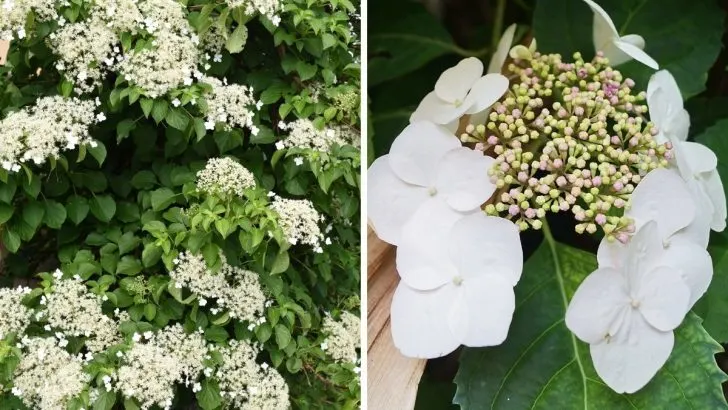Ever dreamed of turning your modest yard into an enchanting vertical tapestry of greenery and blooms? Look no further than the resilient and captivating climbing hydrangeas.
These climbing wonders can transform dreary walls and fences into a lush garden paradise, even in shady spots. Perfect for small outdoor spaces like balconies or enclosed terraces, they let you make the most of your vertical space.
Two popular varieties you’ll want to consider are the Hydrangea anomala, also known as the Japanese climbing hydrangea, and Hydrangea petiolaris. These vining beauties can weave an intricate display, with the latter reaching impressive heights of about 50 feet.
Imagine having a living tapestry that climbs and blooms, offering a touch of elegance and charm to spaces that might otherwise be overlooked.
What makes climbing hydrangeas truly special is their no-fuss nature and shade tolerance. They’re ideal if you’re planning on adding some leafy charm to those shadowy corners of your yard.
If you’ve been considering integrating hydrangeas into your landscaping this year, you’re in the right place. Buckle up as we dive into everything you need to know to cultivate these enchanting climbers successfully.
Understanding the Beauty and Utility of Climbing Hydrangeas
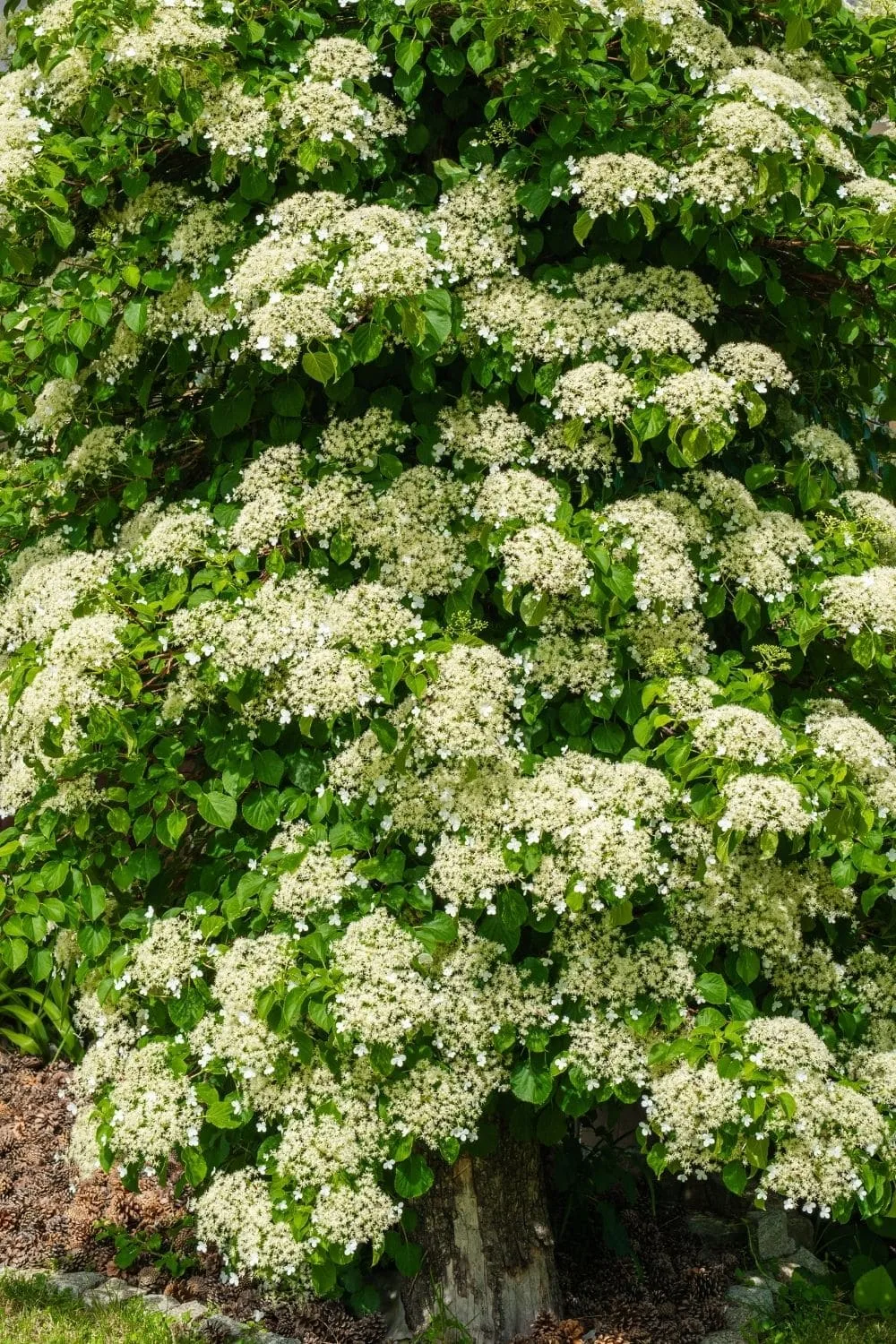
Climbing hydrangeas aren’t just about aesthetics—they’re a symphony of beauty and practicality. Although they might not be as well-known as their shrub-form counterparts, these remarkable vines bring a unique blend of allure and functionality. In essence, they brighten up shady areas that are often left neglected.
Originating from the lush forests of Asia, these vines are native to regions such as the Korean Peninsula, the Himalayas, and the serene woodlands of China and Japan.
Their woodland roots make them a perfect choice for gardeners seeking a low-maintenance addition to their landscape. Plus, they’re as tough as they come, thriving even in the trickiest of spots. Their ability to create an intriguing display even in the colder months makes them a gardener’s delight.
What You Should Know Before Growing Climbing Hydrangeas

Before you dive into planting these floral wonders, there are a few crucial things to keep in mind. First, climbing hydrangeas produce aerial roots similar to English ivy. This means they don’t require staking or tying. However, be cautious, as these roots can damage stonework and brick surfaces over time.
They’re particularly resilient, thriving from US hardiness zone 5 through 8. In cooler climates, it’s best to plant them in sunny spots, while in warmer regions, some dappled shade can work wonders. The adaptability of climbing hydrangeas ensures they’ll be a robust and dazzling member of your garden family.
Let’s not forget the impact of pruning. These hydrangeas require a different approach: prune out dead or damaged stems in early summer after they flower. Although they might take a while to establish, once they’re happy, they’ll need occasional trimming to keep them looking neat and tidy.
Nurturing Your Climbing Hydrangeas
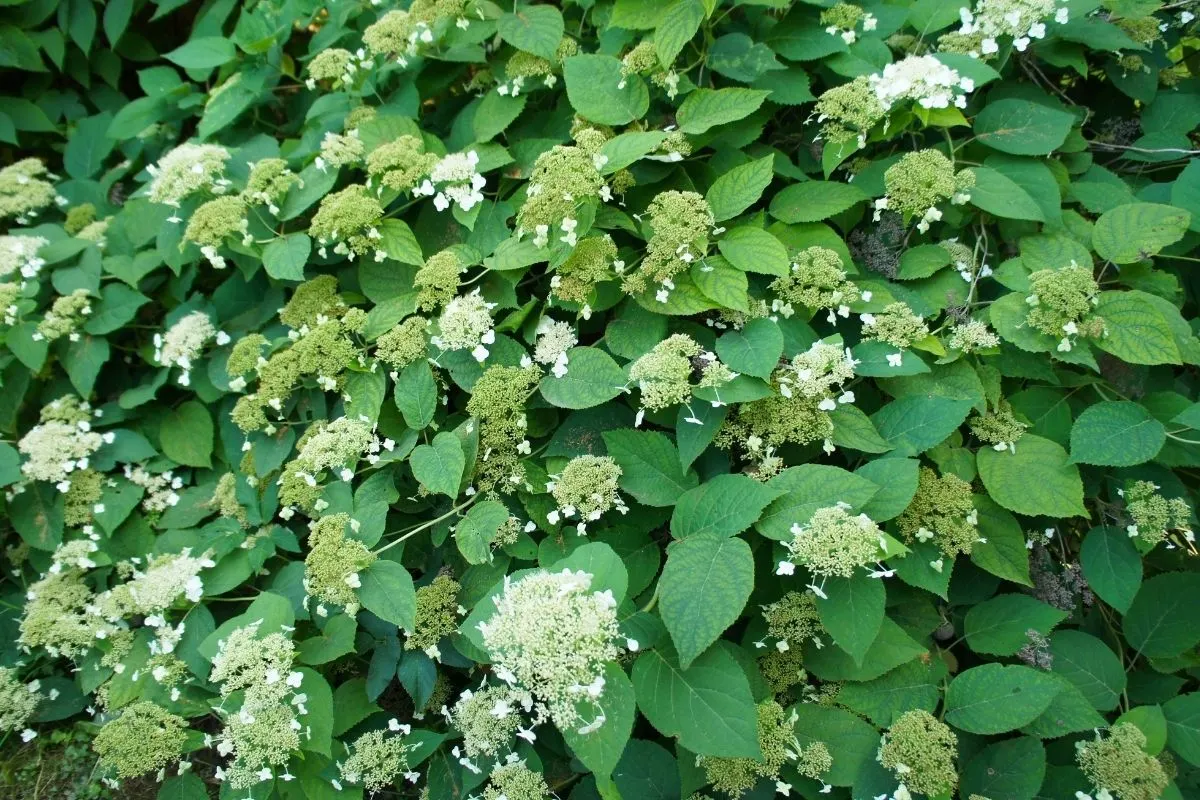
Soil Essentials
The foundation for your climbing hydrangeas begins with the soil. As woodland natives, these plants thrive in rich, fertile soils. They favor slightly acidic conditions with a pH of below 7. If your garden soil leans towards alkaline, fret not!
A soil acidifier can work wonders in creating an ideal environment. And don’t skip on mulching—it’s like a spa treatment for your garden bed, keeping it nutrient-rich year-round.
Light and Shade
One of the standout features of climbing hydrangeas is their shade tolerance. While they appreciate a bit of sunshine each day, they’re perfectly content in full shade.
Bear in mind, though, the less sunlight they receive, the fewer blooms you’ll see. In warmer zones, like US hardiness zone 7 and up, a shielded corner is ideal for protecting them from harsh summer sun.
Watering and Fertilizing
Water is the lifeline for these plants, especially during their first year. Regular watering is essential to help them establish strong roots. Once they’re well-settled, they can handle brief dry spells, but be sure to keep that soil moist.
When it comes to feeding, climbing hydrangeas usually don’t require much beyond an annual mulch application. If you’re aiming for a floral explosion, consider a phosphorus-rich fertilizer in spring and summer.
Common Questions About Climbing Hydrangeas
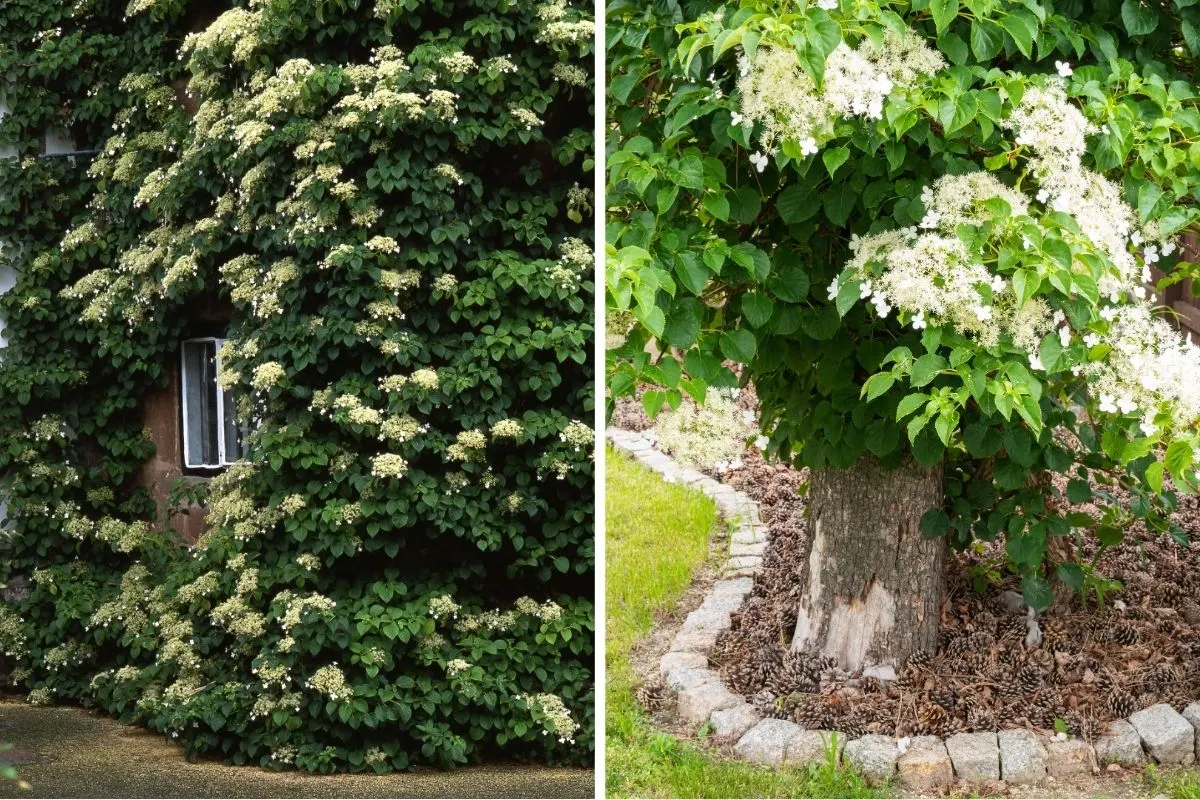
Should You Deadhead After Flowering?
The question of deadheading climbing hydrangeas can often stump gardeners. It’s a delicate dance with timing—leave the faded blooms through winter for a touch of structure and interest, then snip them off in early spring before the new growth appears. It’s like giving them a fresh start each year.
Can You Change the Color of the Blooms?
Here’s a nugget of wisdom: climbing hydrangeas are steadfast in their white hue. Unlike some of their cousins, no amount of soil tinkering will alter their color. However, if you’re keen on a splash of pink, consider the rare Hydrangea hydrangeoides. This beauty offers the option of a pink-flowered climber without fussing over soil or light conditions.
Sowing the Seeds of Success: Tips on Propagation
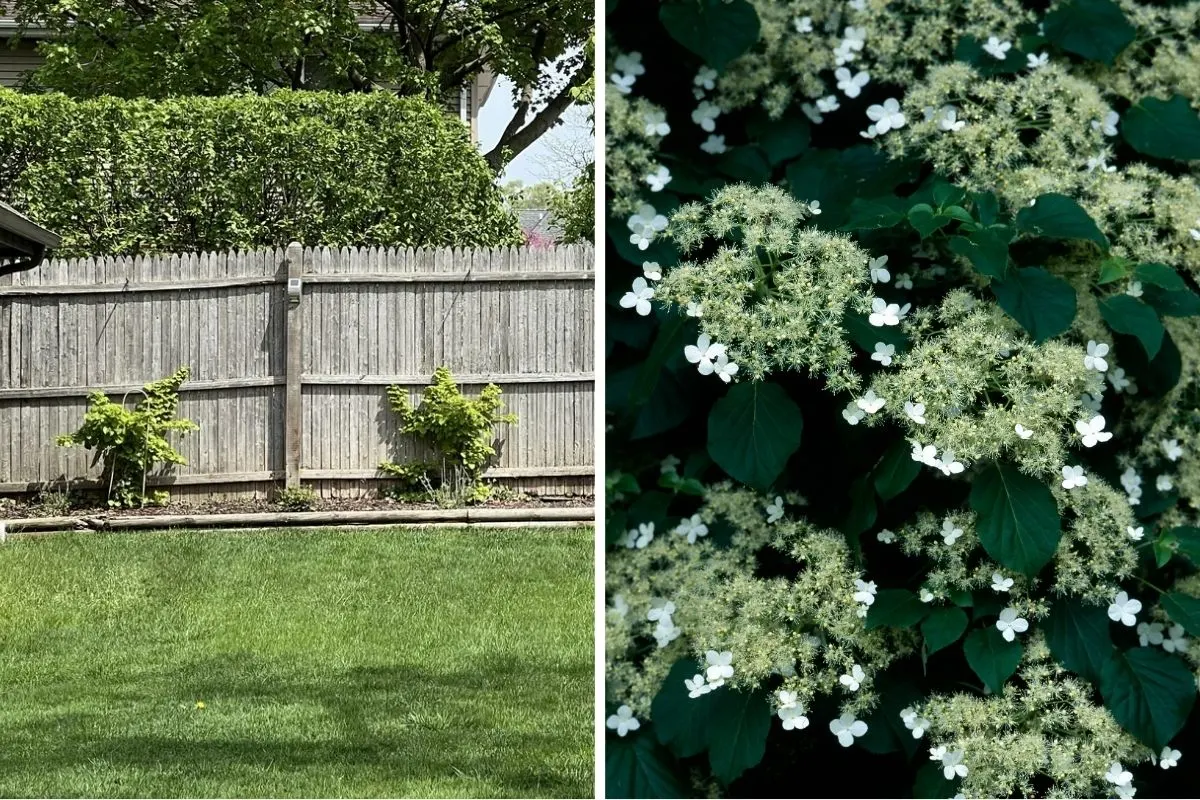
Thinking about expanding your hydrangea collection? Propagating climbing hydrangeas is a delightful way to do just that. Their seeds, available from various sources such as Amazon, can be sown in fall or early spring.
Spread them thinly on a gritty soil mix and keep them protected during the chilly months. With patience, you’ll witness the magic of germination and the birth of new plant life.
With these steps and insights, you’re on your way to becoming a climbing hydrangea maestro. So roll up your sleeves, grab your gardening gloves, and let these enchanting vines weave their magic in your garden. Happy gardening!

